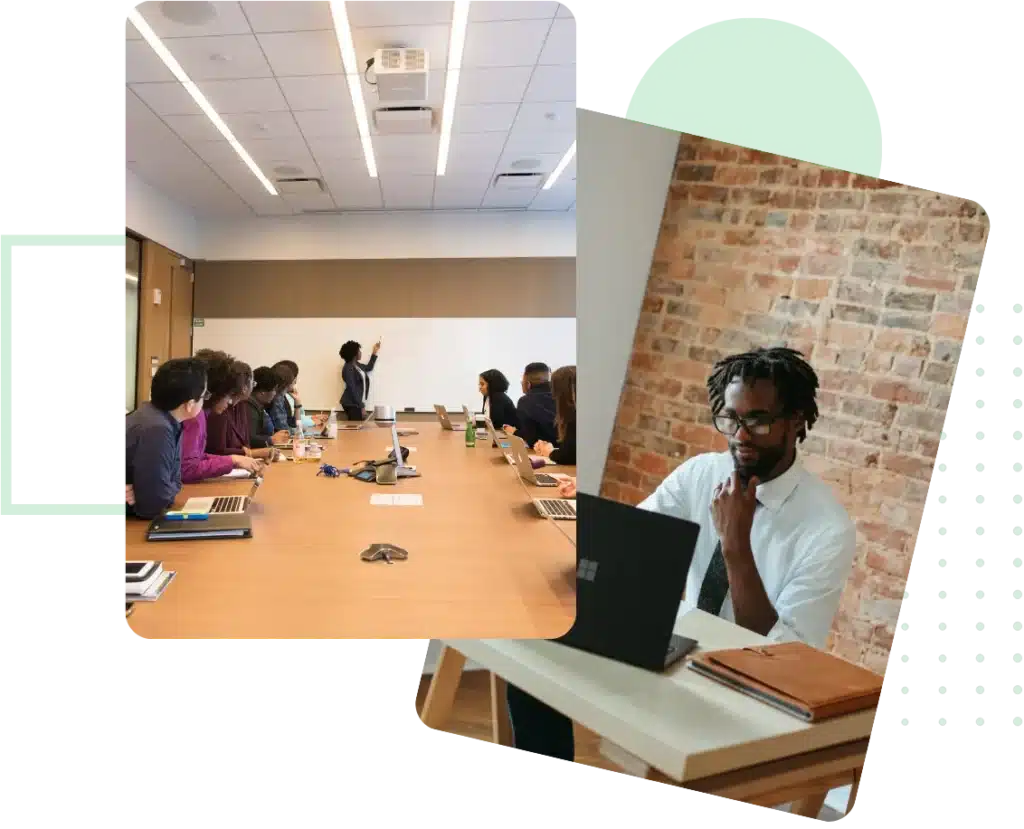Mastering consultative selling and appointment setting
SALES APPOINTMENT
Structure your sales meetings to better identify your clients' challenges and increase your conversion rate!

DISCOVER OUR TRAINING
Objectives
- Prospect effectively with a prospecting plan and call script
- Identify and use sales methods and techniques to structure and conduct your sales meetings effectively.
- Identify client challenges to highlight the added value of your offer.
Intra
Our in-house sessions allow you to customize the training to your specific context and challenges, with specific anchoring options.
Contact us for a proposal tailored to your needs.

Content
- 5 video sessions of 2 hours or 2 days in person
- 3 hours via e-learning modules before each session
Training access time: The training can start 8 days after the agreement is signed or the OPCO support agreement is received.
Customer reviews*
4.1/5 (2458 reviews)
Success rate*
100%
* These indicators are updated each year using consolidated data from previous years.
Source of indicators: List of trained learners/knowledge validation quiz/training evaluation
Last updated figures: 15/05/2024










Program
Training schedule
The evolution of the sales cycle and the phases of the sale
- Identify good (and bad) sales practices.
- Choosing which sales profile to adopt for each client
- Optimize your sales cycle
Practical activities:
- Complete the self-assessment of your sales practice
- Calculate pipeline increase
Prospecting and appointment setting
- The prospecting plan
- The call script
Practical activities:
- Work on your call script
- Conduct a self-debrief on a prospecting session
Prepare and structure the sales meeting
- Prepare the sales meeting
- Framing the interview using the OPA (Objectives, People, Agenda) method
- Start the meeting with the Elevator Pitch.
Practical activities:
- Complete the checklist of preparation steps for a sales meeting
Questioning and dialogue tools
- Dialogue Maps Level 1
- Questioning topics
- SPIN Questioning Structure
Practical activities:
- Complete the 'Dialogue Tools' Template with concrete examples
- Create a register of questions by theme specific to your profession
Argue your point and engage the client to close the sale
- Structure your sales pitch
- Handle customer resistance with the CRAC method
- Closing the Sale
- The Absolutely Perfect Interview
After the training
- Knowledge validation questionnaire

Before each session
Participants complete the corresponding e-learning module.

During the session
The trainer facilitates with quizzes, individual or collaborative exercises, challenges, and role-playing.

After each session
Participants complete practical exercises relevant to their own context.
TRAINING MODALITIES
Public
Sales representatives, business developers, technical sales representatives, consultants, sales managers.
All our training courses are accessible to people with disabilities. Contact us for specific support tailored to your needs.
Prerequisites
A positioning questionnaire is sent before the start of the training to assess the level before entering the training.
Evaluation
At the end of the training, participants will receive a questionnaire to validate their learning and establish the extent to which the training objectives have been achieved.
The results of this questionnaire will be provided to the client at the end of the training, during a post-training follow-up meeting (debriefing).
MANY TRAINING COURSES AVAILABLE
Also discover
Training to delve deeper into topics surrounding the sales cycle, customer discovery, and questioning techniques.
Training to improve on topics such as sales cycle, client discovery, questioning techniques, objection handling, and closing.



